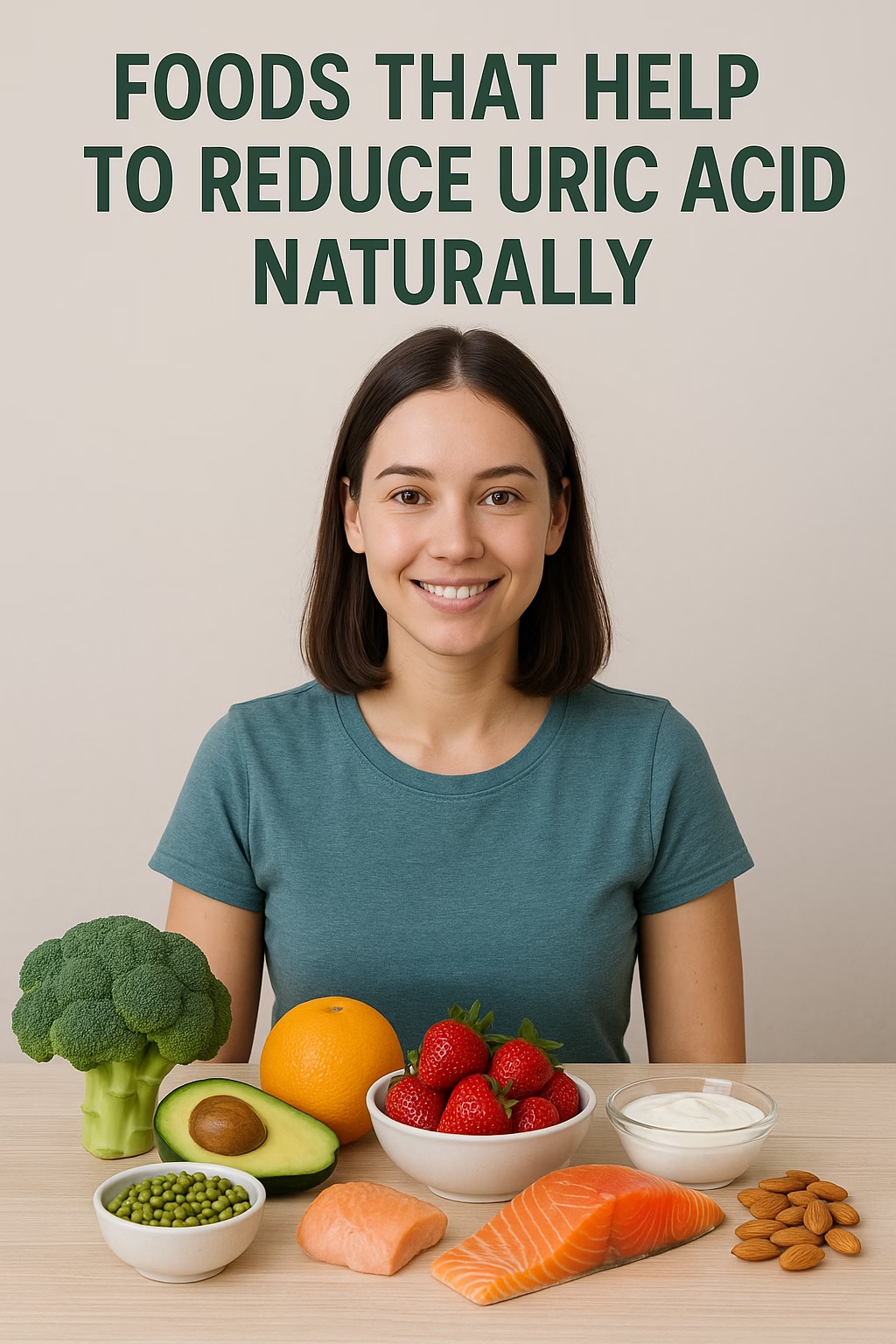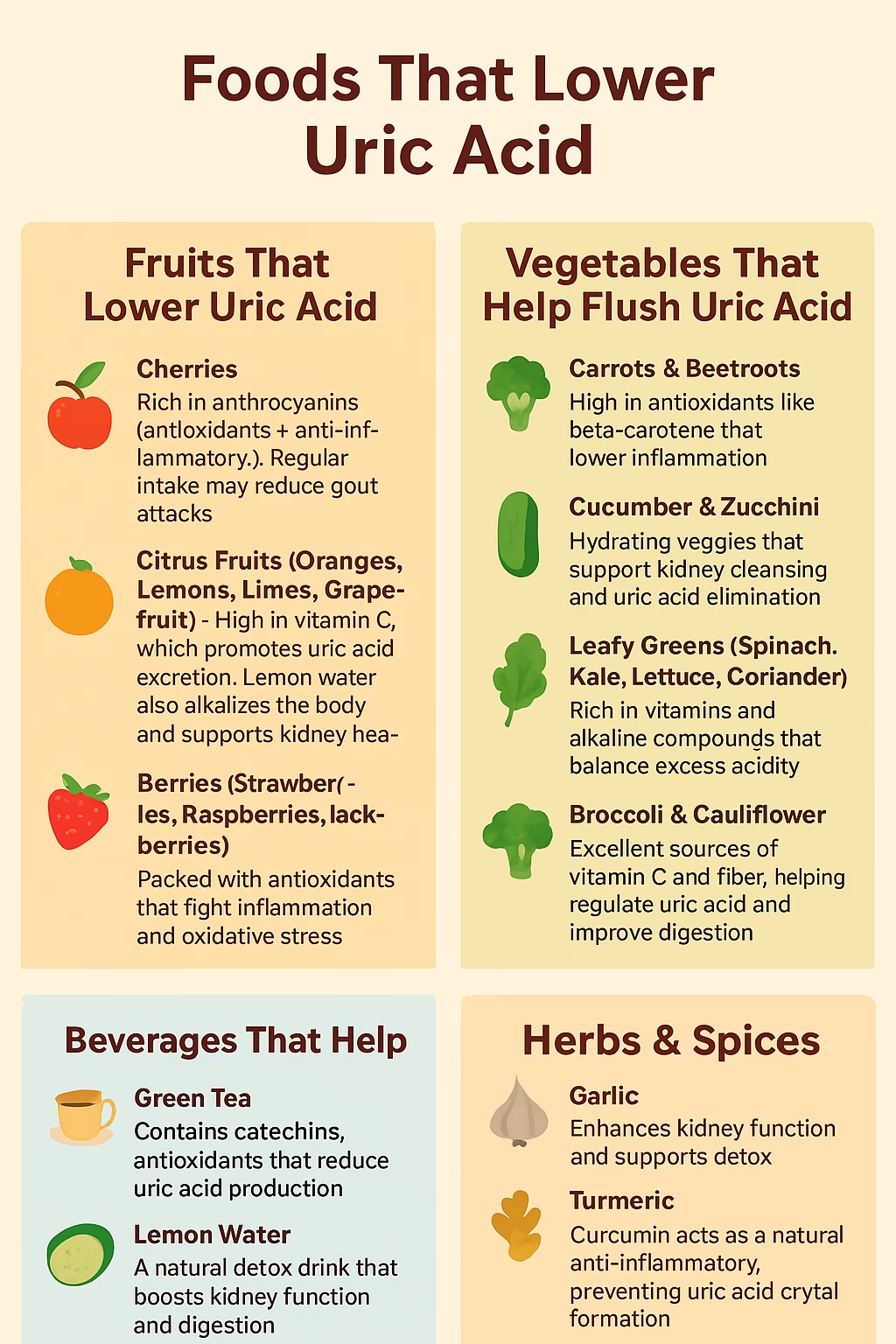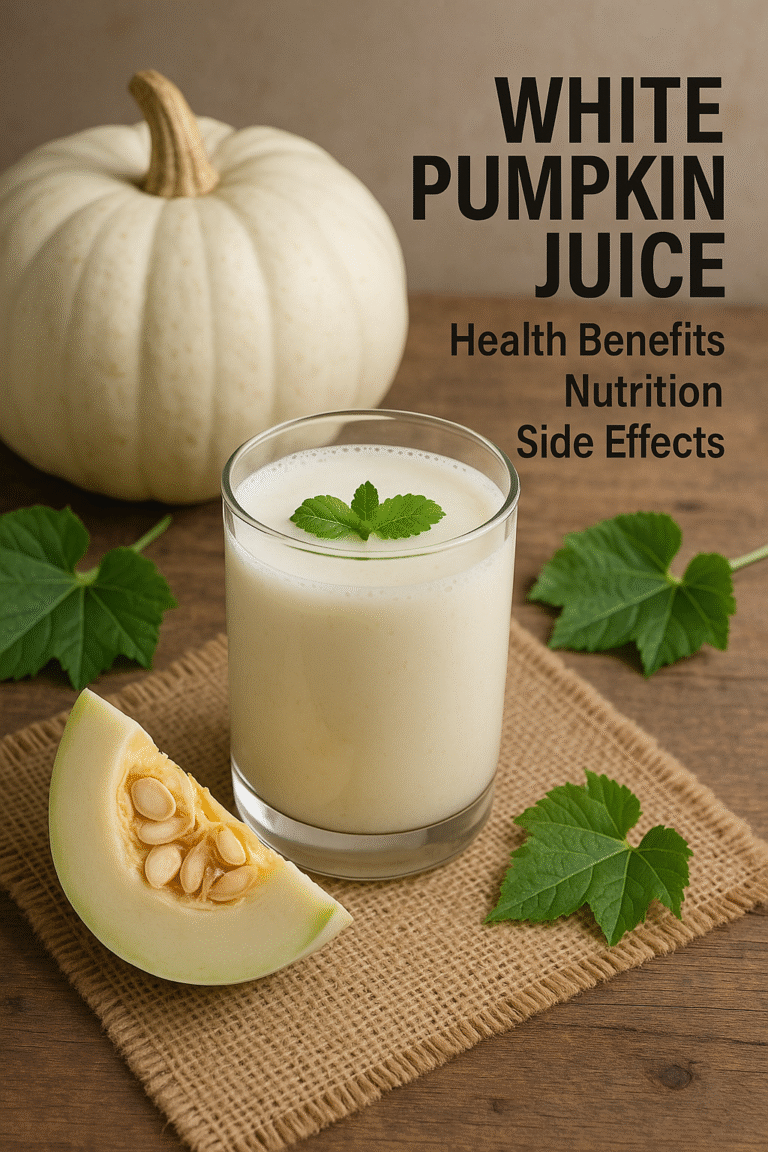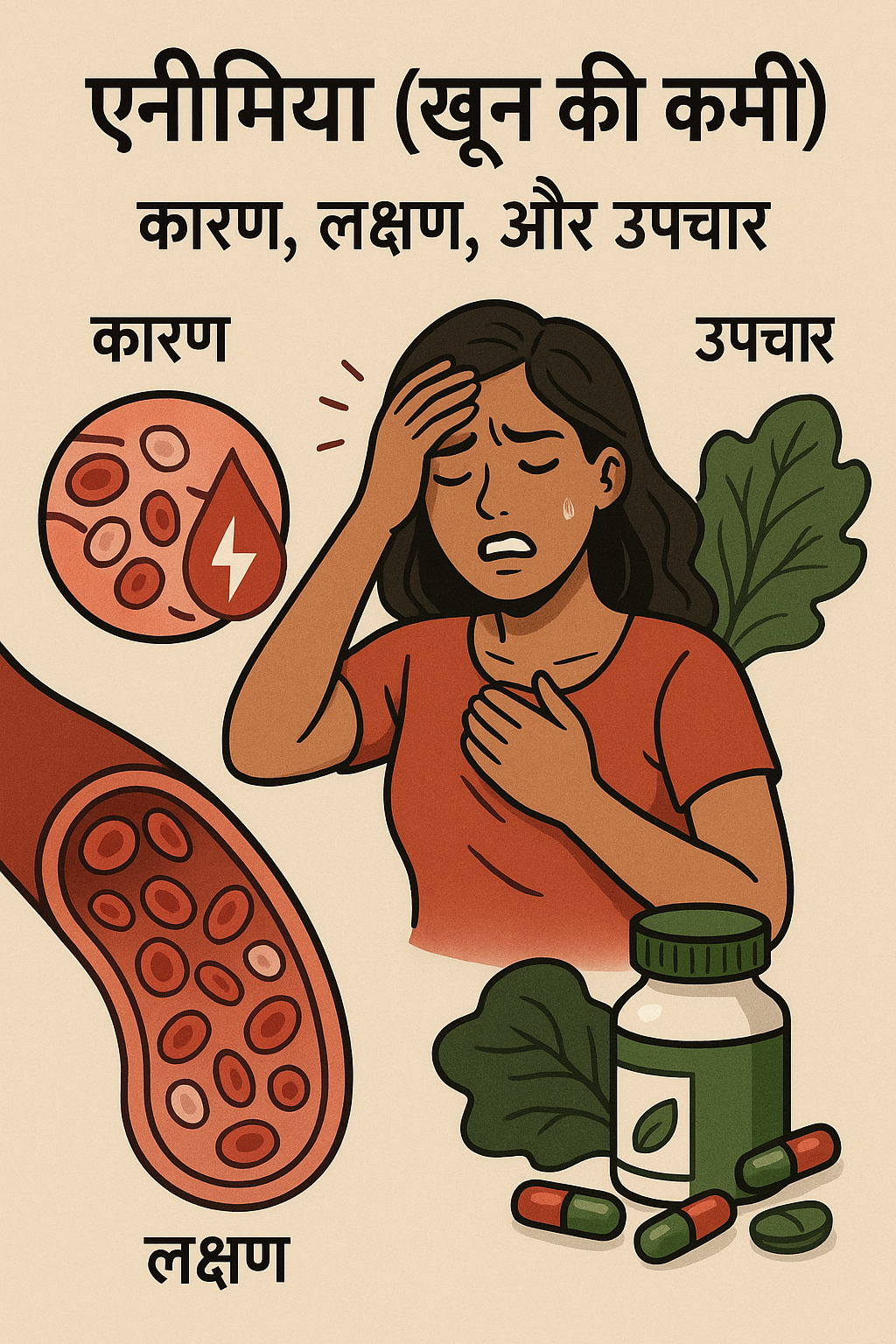
Hyperuricemia, characterized by elevated uric acid levels, affects a substantial portion of the global population. While the exact prevalence varies by region, diet, and lifestyle, it is a growing health concern linked to painful conditions such as gout and kidney stones.
When uric acid levels in the blood rise above 6.8 mg/dL, sharp crystals can form in the joints—most often in the toes and feet—leading to intense pain and swelling. Factors like obesity, certain medications, and poor diet can contribute to this rise. The good news is that simple, natural dietary changes can help keep uric acid levels under control.
How the Body Processes Uric Acid
Uric acid is produced when the body breaks down purines—natural substances found in both our cells and many foods.
- Normally, the liver and intestines process purines, producing uric acid.
- About two-thirds of uric acid is excreted by the kidneys, while the rest is eliminated through the digestive system.
- In a healthy balance, uric acid dissolves in the blood and exits through urine.
Problems occur when the body either produces too much uric acid or cannot eliminate enough of it, leading to hyperuricemia. Over time, uric acid crystals can accumulate in joints and tissues, leading to inflammation, gout, and other complications.
How High Uric Acid Levels Can Affect Our Overall Health
The consequences of high uric acid levels go beyond joint pain. Research reveals a substantial link between high uric acid levels and various health issues, including:
- Kidney disease.
- Heart illness.
- High Blood Pressure
- Diabetes
- Fatty Liver Disease
- High triglyceride levels
Fruits That Lower Uric Acid
- Cherries– Rich in anthocyanins (antioxidants + anti-inflammatory). Regular intake may reduce gout attacks.
- Citrus fruits (Oranges, Lemons, Limes)– High in vitamin C, which promotes uric acid excretion. Lemon water also helps alkalize the body and support kidney health.
- Berries(Strawberry, Raspberry, Blackberry)– Loaded with antioxidants that fight oxidative stress and inflammation.
- Apples & Pears– Contain malic acid, which neutralizes uric acid and prevents crystal buildup.
Vegetables That Help Flush Uric Acid
- Carrots & Beetroots – High in antioxidants like beta-carotene that reduce inflammation and oxidative damage.
- Cucumber & Zucchini – Hydrating vegetables that support kidney function and uric acid elimination.
- Leafy Greens(Spinach, Kale, Lettuce, Coriander) – Rich in vitamins and minerals; their alkaline nature balances excess acidity.
- Broccoli & Cauliflower – Excellent sources of vitamin C and fiber, aiding digestion and uric acid control.
Beverages That Help
- Green Tea –Contains catechins, antioxidants that reduce uric acid production and inflammation.
- Lemon Water – Boosts kidney cleansing and digestion when consumed regularly.
- Plain Water – The most effective uric acid cleanser. Aim for 8–10 glasses daily (more in hot weather).
Whole Grains, Nuts & Seeds
- Brown Rice, Barley, Oatmeal, Quinoa – High in fiber, which binds to uric acid for elimination. They also stabilize blood sugar, preventing excess uric acid buildup.
- Almonds, Walnuts, Flaxseeds, Chia Seeds, Sunflower Seeds – Packed with healthy fats and omega-3s. Reduce inflammation, protect the heart, and prevent uric acid accumulation.
Herbs & Spices
- Garlic – Supports kidney function and natural detoxification.
- Turmeric – Contains curcumin, a powerful anti-inflammatory that prevents uric acid crystallization.
- Ginger – Relieves joint pain and swelling from uric acid crystal deposits.

Foods to Avoid (High in Purines)
- Red meat (beef, lamb, and pork).
- Organ meats include the liver, kidney, and brain.
- Shellfish includes shrimp, crab, and lobster.
- Sugary drinks (colas, fruit juices with added sugar)
- Excessive alcohol consumption (particularly beer and spirits)
Lifestyle Tips to Control Uric Acid
- Maintain a healthy weight – Excess fat increases uric acid production.
- Exercise regularly -Boosts circulation and kidney function.
- Limit alcohol and processed foods – These worsen uric acid buildup.
- Practice portion control -Even healthy foods can cause issues if eaten in excess.
Conclusion
Managing uric acid is about simple, consistent habits—eat more fruits, greens, whole grains, and low-fat dairy, stay active, hydrated, and stress-free. Small daily choices, like swapping soda for lemon water, can prevent flare-ups and keep you gout-free.
Frequently Asked Questions (FAQs)
1- What foods help lower uric acid levels?
Leafy greens, cherries, citrus fruits, whole grains, and low-fat dairy are top choices. Pair them with plenty of water and fiber-rich foods to naturally flush out excess uric acid.
2- Can exercise reduce uric acid?
Yes, regular physical activity helps maintain a healthy weight and improves metabolism, which reduces uric acid levels. However, avoid overexertion during gout flare-ups.
3- Which fruits should I avoid if I have high uric acid?
Most fruits are safe, but it’s best to limit high-fructose fruits like mangoes, grapes, and lychees, as excess fructose may raise uric acid levels.
4- Is milk good for uric acid?
Low-fat milk and yogurt are excellent for reducing uric acid. They contain proteins that increase uric acid excretion and reduce the risk of gout attacks.
References
- https://www.sciencedirect.com/science/article/pii/S0924224422000875
- https://www.healthline.com/health/how-to-reduce-uric-acid
- https://pmc.ncbi.nlm.nih.gov/articles/PMC6125106/
- https://my.clevelandclinic.org/health/treatments/22548-gout-low-purine-diet
- https://www.mayoclinic.org/healthy-lifestyle/nutrition-and-healthy-eating/in-depth/gout-diet/art-20048524




